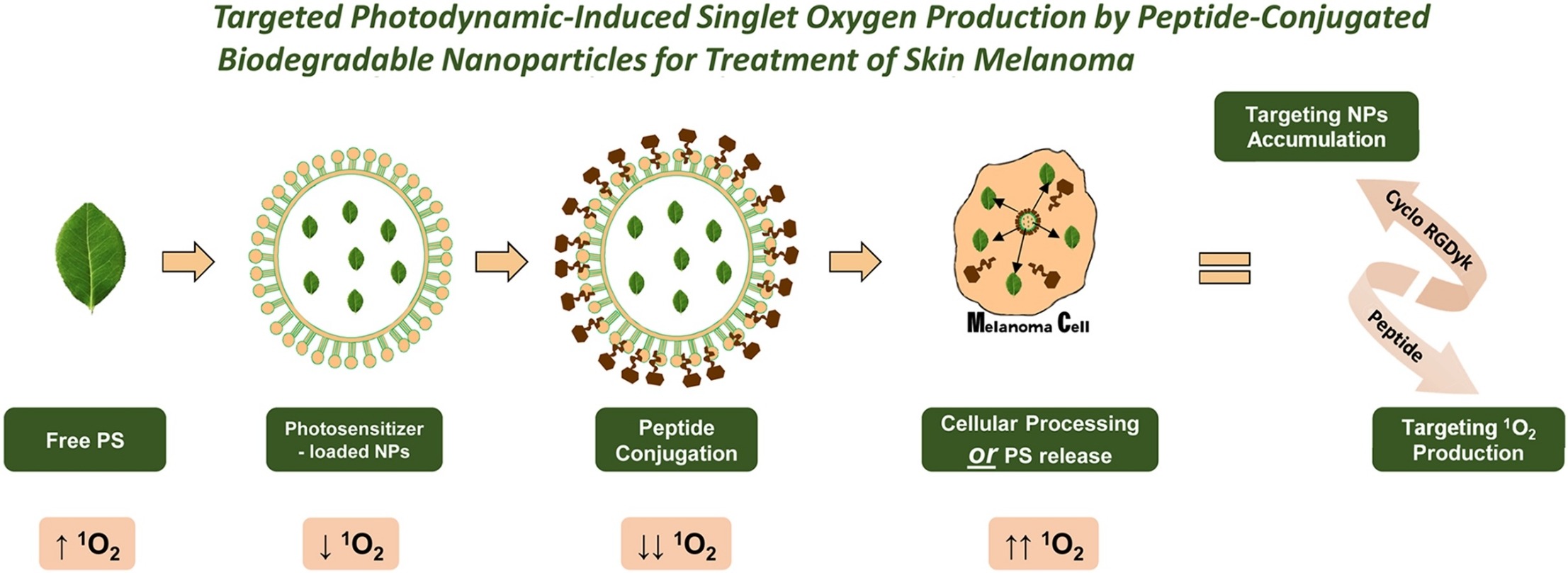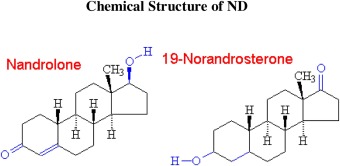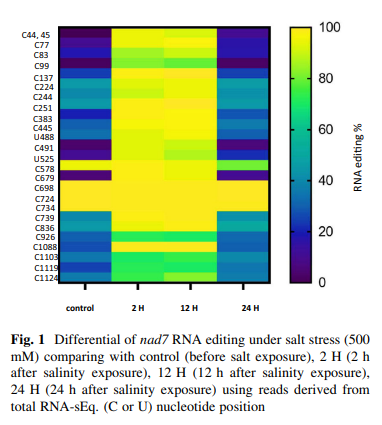
Targeted photodynamic-induced singlet oxygen production by peptide-conjugated biodegradable nanoparticles for treatment of skin melanoma
Background: Photodynamic therapy (PDT) has been determined to be a promising treatment modality in the most resistant tumors such as malignant melanoma. However, the key cytotoxic agent of PDT, -singlet oxygen (1O2) - represents a high risk of photodynamic-associated side effects e.g. skin photosensitization. Recently, controllable photosensitization, where 1O2 is produced on demand, has received increasing attention. In our study, this could be achieved via loading the photosensitizer (PS) in nanoparticles (NPs) decorated with target-specific moieties characterized by 1O2 quenching abilities to specifically locate the PS in the targeted cells and assure that 1O2 is only produced where desired after cellular processing. Methods: Polymeric and hybrid lipid-polymer NPs were formulated and assayed for their physicochemical properties. This was followed by conjugation with an active targeting ligand, cRGDyk, cyclic (Arginine-Glycine-Aspartic acid-D-Tyrosine-Lysine) peptide. Finally, photodynamic potential of the selected formulations was assayed by quantification of 1O2 production and in vitro cytotoxicity. Results: Three formulations were selected and nominated to be formulations of choice (FOCs); FOC-1 (200 nm, polymeric), FOC-2 (130 nm, polymeric) and FOC-3 (200 nm, hybrid). Physicochemical properties, most importantly particle size and NPs’ composition have shown to be the major determinants in targeted NPs’ 1O2 production and PDT-mediated cytotoxicity of melanoma. Conclusion: Proper selection of formulations intended for PDT application and target-specific ligands could achieve dual targeting; enhanced accumulation of NPs and protection of 1O2 production elsewhere other than target cells. © 2018 Elsevier B.V.



